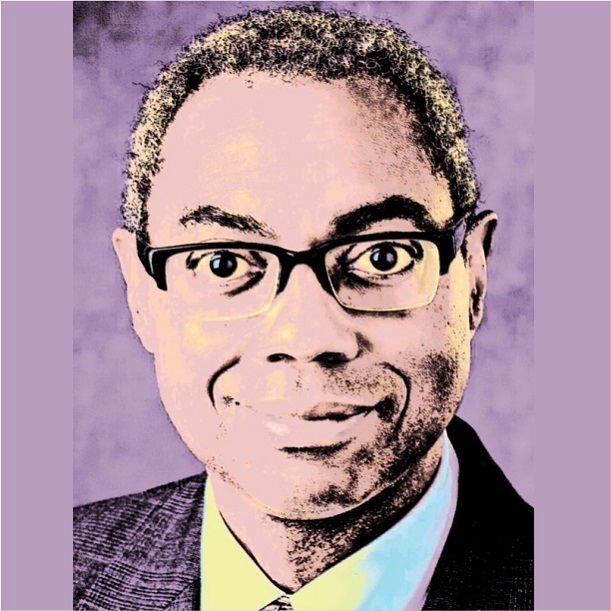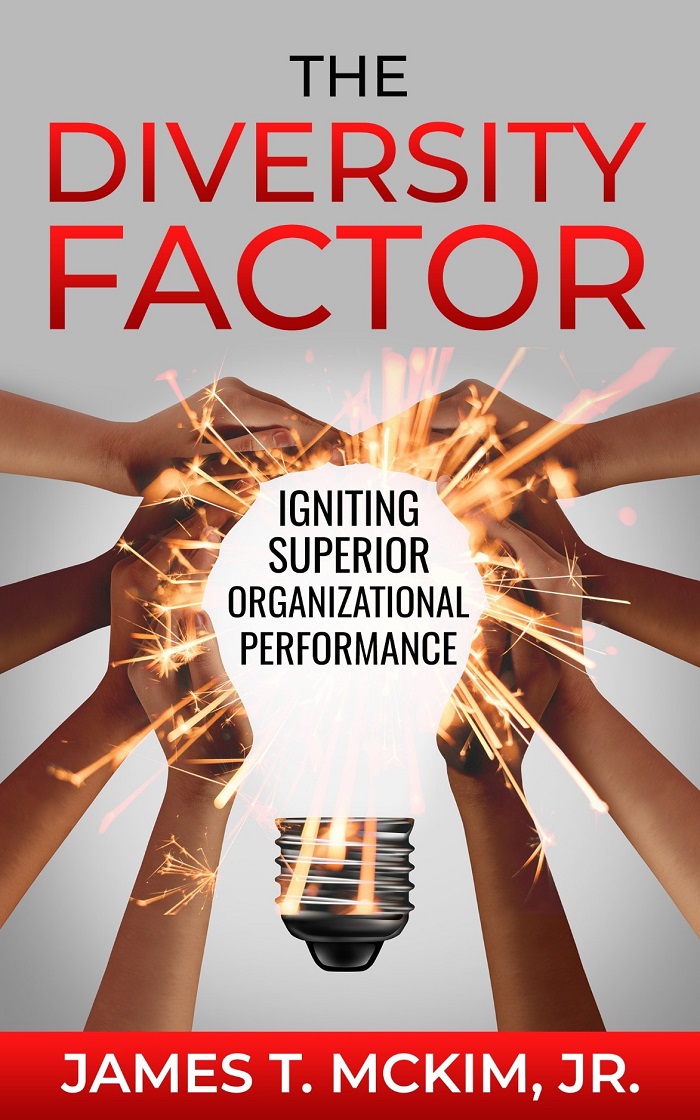
Busting the following myths-
MYTH 1: Bringing diverse people into an organisation over those from the dominant culture amounts to a zero-sum game where there are winners and losers.
MYTH 2: Our mission is to improve opportunities for marginalised groups, so we are reaching some diverse people and communities.
MYTH 3: Our organisation works within an area that is not diverse, so this is not relevant.
MYTH 4: The leaders (including board and executive staff mem and executive staff members) of our organisation are well-meaning and not biased.
MYTH 5: Our organisation has been fulfilling its mission and has never been accused of discrimination, bias, or not being welcoming or accessible. It has not been a problem for us.
MYTH 6: Our organisation would like to have more diverse leadership (board and staff), but we cannot seem to recruit diverse people to fill these positions.
MYTH 7: Hiring a non-dominant culture leader will solve DEI issues within our organisation.
MYTH 8: DEI is expensive. We do not have the resources to address it.
Studies by World Economic Council confirm that equitable and inclusive practices in the workplace result in higher profitability, increased innovation, and greater employee engagement than those who disregard the issues. Decidedly, creating a diverse workforce where everyone feels they belong and can perform at their best is no small feat. It takes a commitment to change. The first step should be to discern myth from reality when it comes to the efforts needed to address diversity, equity, and inclusion (DEI) within an organisation.
When embarking on the DEI journey, attention must focus on unwrapping and revealing previously unacknowledged expectations and assumptions. Addressing DEI meaningfully and effectively may implicate individuals and longstanding structures within which people have operated for years.
To begin tackling the longstanding structures and underlying assumptions, first debunk the myths that prevent DEI initiatives from becoming successful.
MYTH 1: Bringing diverse people into an organisation over those from the dominant culture amounts to a zero-sum game where there are winners and losers.
Equating an intention to hire more diverse staff with reverse discrimination promotes the status quo. Organisations need to consider the end game—what they want to achieve in the community or society at large. If the intention is, for example, to place diverse people in leadership positions, dominant culture managers may feel unfairly excluded. But in reality, such action empowers those who have been sidelined for so long while elevating its reputation.
MYTH 2: Our mission is to improve opportunities for marginalised groups, so we are reaching some diverse people and communities.This assumption reflects the ‘if we build it, they will come’ mentality, and often precludes taking intentional and systematic steps within the organisation to gather and analyse data about who is being served relative to demographic data about who lives in the targeted communities. This myth might acknowledge service to one marginalised group without taking into account other types of diversity.
MYTH 3: Out Oraganisation works within an area that is not diverse, so this is not relevant </br/>This line of thinking assumes a very narrow definition of diversity and fails to acknowledge the inherent value of diverse perspectives. Diversity includes personality characteristics such as age, gender identity, sexual orientation, faith/religious beliefs, ability/disability status, and socioeconomic status, among others, which brings the diverse perspectives necessary to make better decisions and meet more needs for more customers.
MYTH 4: The leaders (including board and executive staff members) of our organisation are well-meaning and not biased
Although many well-meaning people think they are not biased, all people have an implicit bias we are not aware of on a conscious level. While it is a good start to mean well, if that is where the commitment begins and ends, it is highly likely that the organisation is not diverse, equitable, or inclusive in its work. Addressing DEI requires intentionality. Without it, business as usual will reflect structural and systemic inequities.
MYTH 5: Our Organisation has been fulfilling its mission and has never been accused of discrimination, bias, or not being welcoming or accessible. It has not been a problem for us.
Often, people of diverse backgrounds and experiences do not attempt to avail services by organisations that are not actively taking steps to welcome and include them. Diverse groups do not see themselves reflected, so they’re less likely to consider connecting with the organization. An organization may believe it’s not experiencing a problem because entire groups of potential audiences aren’t interested in getting to know what it has to offer.
MYTH 6: Our Organisation would like to have more diverse leadership (board and staff), but we cannot seem to recruit diverse people to fill these positions.
Again, this assumes that diversity is narrowly defined. Your area has diversity of all types, including racial/ethnic, gender and sexual orientation, age, disability status, geographic location, income level, among others. Also, this assumes you can recruit only from the area in which you live. It is likely that organisations in your area have a pipeline of leaders with diverse backgrounds who are eager to refer them to organisations seeking to attract people into leadership positions.

MYTH 7: Hiring a non-dominant culture leader will solve DEI issues within our organisation.
One person cannot and should not be expected to address DEI in an organisation, even if that person is given a director-level position. The entire leadership must drive and share ownership for DEI in the organisation. Leadership, direction, and support are required at all levels of an organisation that seeks to address DEI as part of its mission-driven work.
MYTH 8: DEI is expensive. We do not have the resources to address it.
There are several steps organisations can take that require little or no cost. For example,examining and then changing policies and procedures within the organisation to be more centered on equity would be a worthwhile investment. In addition, this assumes DEI is only a compliance, face-saving issue, and will not help the organisation grow. The organisational cost not to address DEI includes lost quality, lost customers, lost creativity and ingenuity and lost opportunities to engage with a wider range of communities. Importantly, developing a diversity, equity and inclusion program across an organisation will result in improved organisational performance that will drive innovation and keep the organisation relevant over time. Furthermore, when an organisation shows by its actions that it values diversity, equity, and inclusion, it will attract new, loyal customers. Do not let myths and assumptions hijack the critical work that will create needed change.
Log In or become an AIMA member to read more articles
